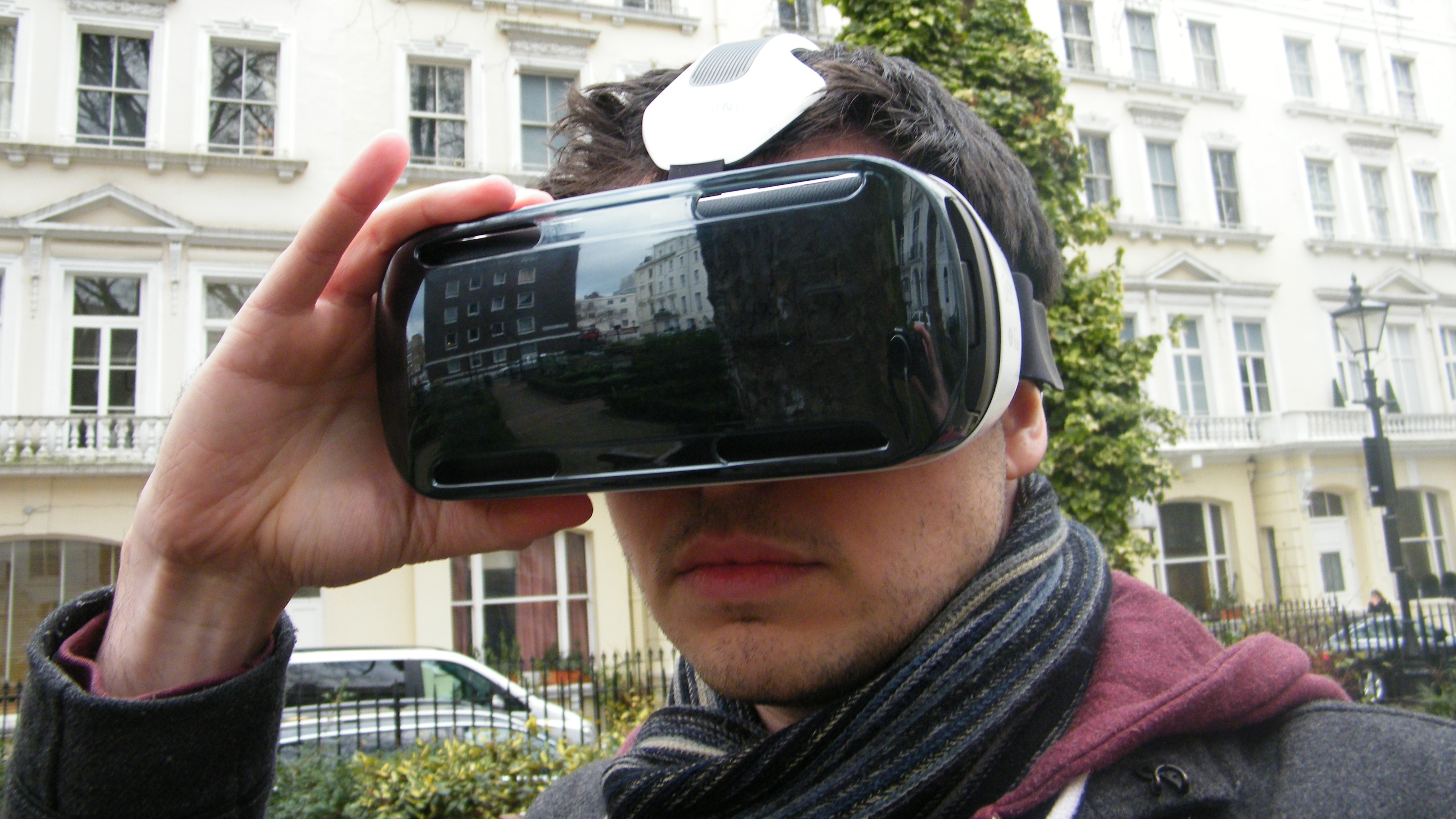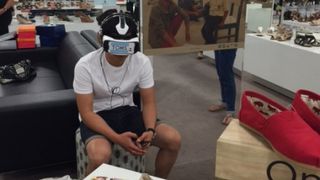How 3D visualisation will change the shape of e-commerce
Shopping in VR is the future

Shopping online can be a disappointing experience. Sure, it's convenient, but often the best result we can hope for is some reasonably accurate images of the product combined with a few words on why you should buy it.
But things are looking to improve. The onset of visualisation technology – across multiple user interfaces – is set to drive a revolution in how we transact online. Let's peer into the nascent world of 3D e-commerce.
From web to wearables
Introducing 3D, or "visual" e-commerce is more than simply including a 3D image of a product on a website.
The potential for 3D e-commerce is huge. Everything from interactive 3D web content to augmented and virtual reality using wearable computers can be seen as potential channels for sellers to reach buyers.
Ann Nolan, co-founder of Australian visualisation start up Snobal.io says there is no standard, or agreed, definition of 3D e-commerce because the area is still emerging and terms like "vCommerce" (virtual commerce), virtual stores and 3D e-commerce are used interchangeably.

There is also a difference between 360-degree immersion using VR headsets and enabling a customer to experience a virtual 3D environment delivered via a computing device, much like how today's virtual reality games are experienced.
"We are at an early stage of the VR industry's development so while awareness is growing of VR and e-commerce and how they may interact, retailers thinking of how VR will impact their business is slower than it probably should be given the potential impact it will have," Nolan says.
Are you a pro? Subscribe to our newsletter
Sign up to the TechRadar Pro newsletter to get all the top news, opinion, features and guidance your business needs to succeed!
"The VR and AR industry is projected to be huge so if you're in retail [or] any business, for example, workplace training, you need to be collaborating VR companies to test and explore how VR is going to impact your business or how you can leverage it to gain competitive advantage and connect with customers."
At Data61's Quantitative Imaging unit, senior experimental scientist and research engineer, Matt Adcock says in the longer term, 3D e-commerce will start to refer to many more facets of online business.
"3D technologies will help in customer assistance, community support forums, product search engines, review websites, and even online services such as home design and maintenance advice," he says.
2D e-commerce ready for shake up
Even though e-commerce is a fast-growing industry, the main user interface of 2D webpages hasn't changed much in 20 years, according to Nolan.
"Online shopping is still very much a flat click and order 'push content' experience with very little interaction or product visualisation and zero social interaction or storytelling capability," she says. "It has been developed from legacy print media knowledge and requirements."
"Comprehending 2D graphical context is something that has to be taught whereas we're 'hardwired' to comprehend 3D environments from birth. It's only recently that technology has caught up with our expectations of computer generated, real time 3D experiences – now we can generate amazing immersive environments which can be shared globally on standard computing hardware."
With 3D virtual e-commerce, a retailer isn't limited by real world constraints, including the costs of running a bricks-and-mortar store.
"A retailer can have a virtual 3D e-commerce environment created that provides a graphical 3D representation or experience of the story that the retailer wants to create to illustrate the product or brand," Nolan says.
Data61's Adcock says with web browsers no longer needing plugins to view 3D content we are starting to see more and more companies put full 3D scans of their products online, resulting in a better experience for the shopper.
"When you buy something online you often end up searching and sifting through many options on many different websites, and each of those websites will probably have taken a set of photos showing a small number of perspectives," Adcock says. "With a 3D model, you get to choose what part of the object you'd like to see. This interactive experience means you can much more easily compare between the items on your shortlist."












